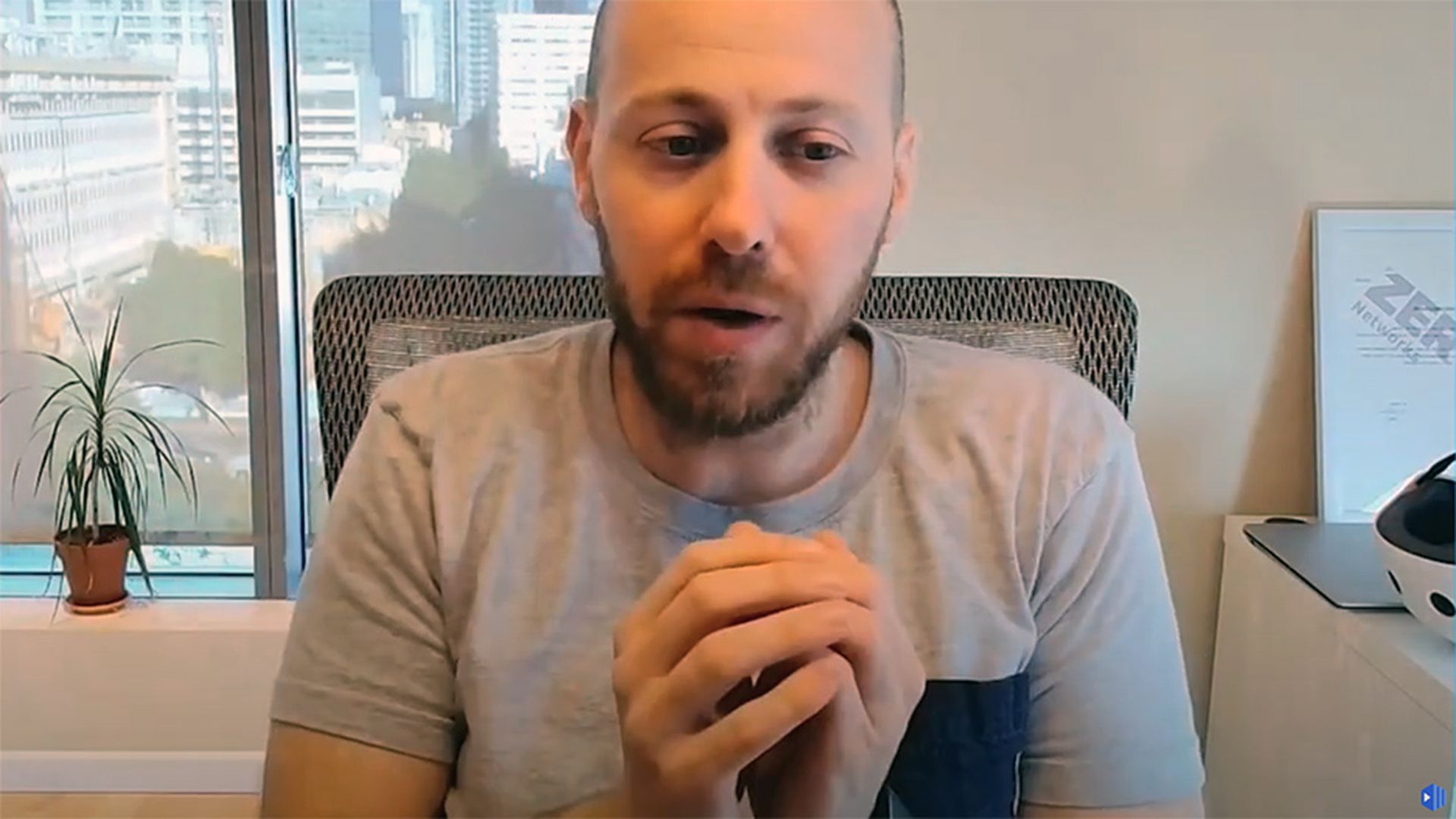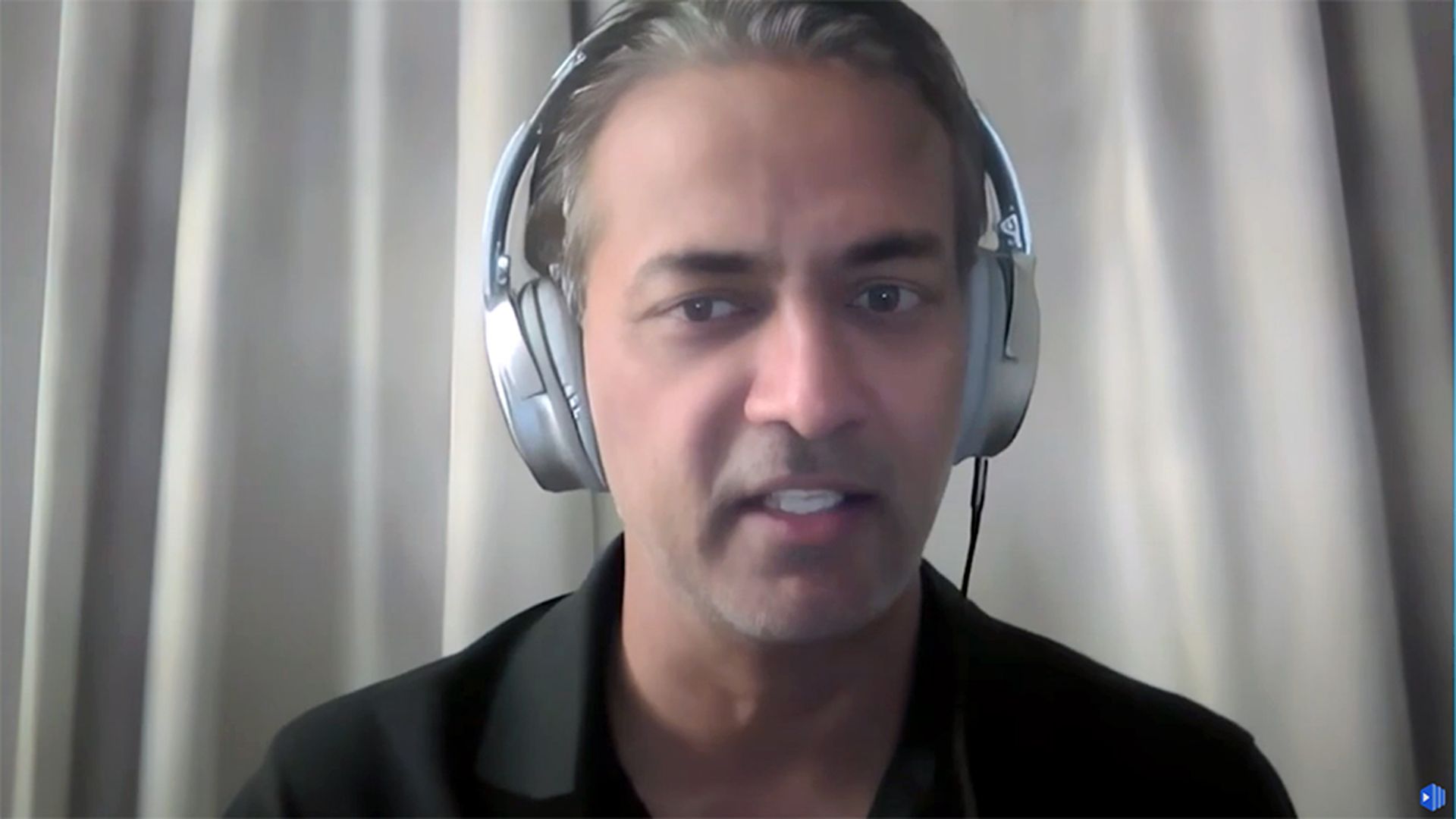“You can get anything in life you want, as long as you help enough people get in life what they want.” — Zig Ziglar
Improving security is synonymous with change. Too often, we rely on fear and pain to force the change we seek.
Most problems have multiple viable solutions. If we approach security as an infinite game instead of a zero-sum approach, then security doesn’t need to own everything.
Our goal is to help everyone else get better at security, which means helping people get what they want might be the solution that delivers more value with less friction.
Sometimes the better pathway is helping people do what they already want to do. The key is figuring out what they want. Often, people don’t know when you ask, so we need to take a different approach.
A few years ago, a small town in Upstate New York reached out to me for some help with "security." They had a recent incident that didn’t cause any harm, but served as a wake-up call. During our first meeting, I asked them what they wanted — and they didn’t know.
I came prepared. I invited them to answer five questions a day, five days in a row, for about five- to 10 minutes a day. One woman told me I was funny, but the ask wasn’t big and she’d do it. Everyone else agreed, and I handed out five sheets of paper to each person with plans to return a week later.
When I came back, I noticed someone entirely rearranged the office. This was not a minor change — it must have taken a few days!
Everyone gathered around a small table in the conference room, each with five completed sheets in front of them, grinning from ear-to-ear. They couldn’t wait to tell me about all the changes they made.
This might surprise you, but I protested.
I reminded the group that I only asked them to answer the five questions for five days, roughly 30 minutes of time total. Then I suggested the changes they made to the office took a day or two. On a roll, I asked how much extra time their security changes added to their day, suggesting this must have taken days.
“Well, that’s the weird thing, funny man,” said the woman from the week before as she described how “easy” it was to make the changes. As a bonus, they discovered the changes saved them time each day. They admitted it took time, but they didn’t mind because of the benefit.
The next thing you know, the entire table was full of discussion — and lots of brilliant questions about security, based on what they cared about.
They confirmed that, with their new understanding, change was simple. And they made good, smart changes on their own that improved security and their processes.
All I did was help them see their situation from their own perspective, and they were off to the races.
Well, not everyone.
The guy who ran permits didn’t agree. He missed the first meeting and didn’t spend the week answering the same questions. Late at the meeting, he loudly protested that his office needed no changes. I agreed, then asked if anyone ever used his office for meetings when he wasn’t there. He confirmed it happened often.
Then I asked what would happen if someone rifled through the file drawer. He bluntly explained that wouldn’t happen — and if it did, it was no big deal. I didn’t fight — maybe he was right.
One of two things happens when you ask people what they want to do:
- They already know. Explore what their journey looks like. Listen to how they describe their current situation and the better tomorrow they seek. Work together to figure out how to improve security on their path.
- They don’t know. Offer to help them figure it out. A different perspective — yours — might be all they need. Maybe you can support them by mapping the journey with them and include security improvements they want (and need).
Bonus points if you don’t own it and it doesn’t look and feel like security. Focus on connecting security with the business to support the change they want in a way that improves protection.
When I returned to the town about a month later for a follow-up session, the guy from permits was waiting for me in the lobby. He stuck out his hand and offered me an apology. He explained that after I left, he talked with his colleagues, went through the questions and realized he needed some changes. Then he walked me down the hall to show me the new door lock and the clever way they welded a locking mechanism on the file cabinets.
He thanked me for helping him figure out what he wanted — and not pushing him.
It’s a friendly reminder that we can change and deliver value faster — with less friction — by helping someone else do what they already want to do. Sometimes we just need to help them figure it out.
Then let them own it and celebrate their work!




